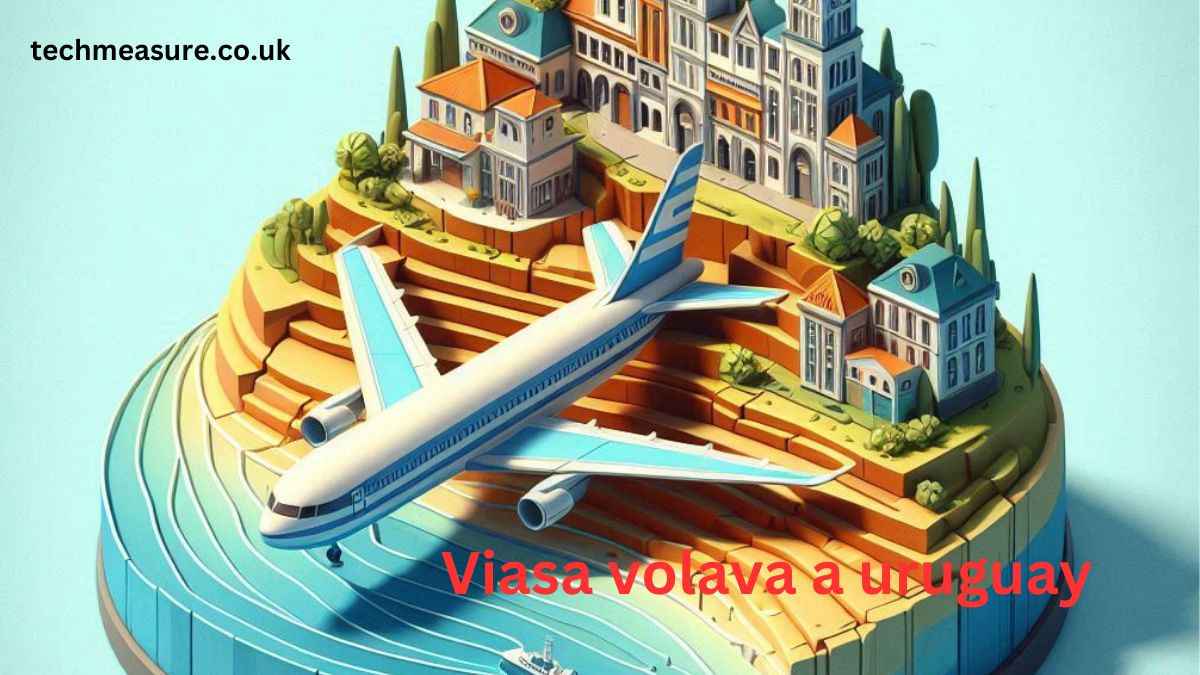Introduction
Welcome, Viasa volava a uruguay aviation enthusiasts and curious travelers alike! Today, we’re embarking on a fascinating journey through time, exploring the history and impact of Viasa’s flights to Uruguay. Viasa, Venezuela’s former national airline, played a pivotal role in connecting South America, and its routes to Uruguay were among its most significant. Buckle up as we dive into the rich legacy of Viasa and its connection with the beautiful nation of Uruguay.
History of Viasa
Founding and Early Years to Viasa volava a uruguay
Viasa, short for Venezuela Internacional de Aviación Sociedad Anónima, was established in 1960. From its inception, Viasa aimed to bridge Venezuela with the rest of the world. The airline quickly gained a reputation for excellence, offering reliable service and comfortable flights across its expanding network.
Growth and Expansion
Throughout the 1960s and 1970s, Viasa grew rapidly, expanding its reach to North America, Europe, and, of course, South America. This period marked the beginning of Viasa’s golden era, characterized by its ambitious route expansion and a growing fleet of modern aircraft.
Viasa’s Route to Uruguay
Introduction of the Uruguay Route
Viasa’s introduction of flights to Uruguay was a significant milestone. The route connected Caracas, Venezuela, with Montevideo, Uruguay, providing a vital link between the two nations. This connection not only facilitated travel but also strengthened economic and cultural ties.
Importance of the Uruguay Route for Viasa
For Viasa, the Uruguay route was more than just another destination. It symbolized the airline’s commitment to fostering regional connectivity and promoting cultural exchange within South America. The route quickly became popular among business travelers, tourists, and expatriates.
Economic and Cultural Impact
Viasa volava a uruguay flights brought a surge of tourists to Uruguay, eager to explore its stunning beaches, vibrant cities, and rich cultural heritage. This influx of visitors significantly boosted the local economy, benefiting hotels, restaurants, and various tourist attractions.
Cultural Exchange Between Venezuela and Uruguay
The route also facilitated a vibrant cultural exchange. People from both countries had the opportunity to experience each other’s traditions, cuisine, and way of life. This exchange enriched the cultural tapestry of both nations and fostered mutual understanding and respect.
Memorable Flights and Events
Notable Flights in Viasa’s History
Over the years, several flights stood out in Viasa’s history. Whether it was carrying dignitaries, handling emergency evacuations, or delivering essential supplies, Viasa’s Uruguay route was often in the spotlight.
Special Events and Milestones
From inaugural flights to anniversary celebrations, Viasa marked many special occasions with fanfare. These events were not only significant for the airline but also for the communities they served.
Fleet and Aircraft
Types of Aircraft Used on the Uruguay Route
Viasa’s fleet featured a variety of aircraft over the years, including the iconic McDonnell Douglas DC-10 and Boeing 727. These aircraft were known for their reliability and comfort, making them ideal for long-haul routes like the one to Uruguay.
Evolution of the Fleet Over the Years
As technology advanced, so did Viasa’s fleet. The airline continuously upgraded its aircraft to ensure safety, efficiency, and passenger comfort. This commitment to modernization helped Viasa maintain its competitive edge.
Challenges Faced by Viasa
Economic Difficulties
Like many airlines, Viasa faced its share of economic challenges. Fluctuating fuel prices, political instability, and global economic downturns all impacted the airline’s financial health.
Operational Challenges
Operational hurdles, such as maintaining an aging fleet and dealing with logistical issues, further strained Viasa’s resources. Despite these challenges, the airline remained a beloved part of South America’s aviation landscape.
Customer Experience
Passenger Feedback and Testimonials
Passengers often reminisced about their experiences flying with Viasa. Many praised the airline for its exceptional service, comfortable seating, and friendly staff. These testimonials highlight the lasting impression Viasa made on its customers.
In-Flight Services and Amenities
Viasa was known for its top-notch in-flight services. From delicious meals to attentive cabin crew, the airline ensured a pleasant journey for its passengers. These amenities contributed to Viasa’s reputation as a premier airline.
Competitive Landscape
Viasa wasn’t the only airline connecting Venezuela and Uruguay. Competitors like Aerolíneas Argentinas and Pluna also operated on similar routes. However, Viasa’s strong brand and loyal customer base gave it a distinct advantage.
Viasa’s Competitive Edge
What set Viasa apart was its commitment to customer satisfaction and its strategic route network. By focusing on key destinations and offering superior service, Viasa maintained its competitive edge in a crowded market.
The Decline of Viasa
Factors Leading to the Decline
Several factors contributed to Viasa’s decline. Financial mismanagement, increasing competition, and political interference all played a role. Despite efforts to revive the airline, it ultimately ceased operations in 1997.
Impact on Uruguay’s Aviation Sector
The loss of Viasa was felt across South America, including Uruguay. The airline’s departure left a gap in the market, impacting travelers and businesses that relied on its services. However, the legacy of Viasa continued to influence the region’s aviation landscape.
Legacy of Viasa in Uruguay
Viasa’s influence on Uruguay’s aviation sector was profound. The airline’s commitment to excellence set a standard that other carriers aspired to. Additionally, the connections established by Viasa continued to benefit Uruguay long after the airline’s demise.
Nostalgic Reflections by Former Passengers
Many former passengers fondly remember their flights with Viasa. Stories of memorable journeys, exceptional service, and unforgettable experiences are often shared, preserving the airline’s legacy in the hearts of those it served.
Preservation of Viasa’s History
Efforts to Preserve the Memory of Viasa
Efforts to preserve Viasa’s history are ongoing. Aviation enthusiasts, former employees, and passengers work tirelessly to keep the memory of the airline alive through books, documentaries, and online forums.
Museums and Archives
Museums and archives play a crucial role in preserving Viasa’s legacy. Exhibits featuring memorabilia, photographs, and historical documents ensure that future generations can learn about the airline’s significant contributions.
Modern Connections
Current Airlines Connecting Uruguay and Venezuela
Today, several airlines connect Uruguay and Venezuela, continuing the legacy of regional connectivity that Viasa championed. These carriers build on the foundation laid by Viasa, offering modern amenities and services.
How Viasa Paved the Way
Viasa’s pioneering efforts paved the way for today’s airlines. By establishing key routes and setting high standards, Viasa contributed to the growth and development of South America’s aviation industry.
Travel Tips for Visiting Uruguay
Best Times to Visit
Planning a trip to Uruguay? The best times to visit are during the spring (September to November) and autumn (March to May) when the weather is mild and pleasant. Avoid the peak summer months if you prefer a quieter experience.
Must-See Attractions and Destinations
Uruguay offers a wealth of attractions. Don’t miss the historic city of Colonia del Sacramento, the vibrant capital of Montevideo, and the stunning beaches of Punta del Este. Each destination offers a unique glimpse into Uruguay’s rich culture and history.
Conclusion
In conclusion, Viasa volava a uruguay legacy in Uruguay is one of cultural exchange, connectivity, and unforgettable journeys. Even though the airline stopped operating decades ago, it had a significant impact on the aviation industry in South America. Not only did Viasa connect countries, but it also brought people closer together, which helped people understand each other and work together. We celebrate Viasa’s contributions and long-lasting legacy as we remember it.



